
Rowland and Tozer's Clinical Pharmacokinetics and Pharmacodynamics: Concepts and Applications
Livrare gratis la comenzi peste 500 RON. Pentru celelalte comenzi livrarea este 20 RON.
Disponibilitate: La comanda in aproximativ 4 saptamani
Editura: LWW
Limba: Engleza
Nr. pagini: 864
Coperta: Hardcover
Dimensiuni: 18.54 x 4.32 x 25.65 cm
An aparitie: 16 Aug. 2019
Description:
Updated with the latest clinical advances, Rowland and Tozer’s Clinical Pharmacokinetics and Pharmacodynamics, Fifth Edition , explains the relationship between drug administration and drug response, taking a conceptual approach that emphasizes clinical application rather than science and mathematics. Bringing a real-life perspective to the topic, the book simplifies concepts and gives readers the knowledge they need to better evaluate drug applications.
Table of Contents:
Nonproprietary and Brand Names of Drugs in Text and Illustrations
Definition of Symbols
SECTION 1 BASIC CONSIDERATIONS
CHAPTER 1 Therapeutic Relevance
CLINICAL SETTING
Input–Response Phases
Variability in Drug Response
Adherence
THE INDUSTRIAL PERSPECTIVE
ORGANIZATION OF THE BOOK
CHAPTER 2 Fundamental Concepts and Terminology
PHARMACOKINETICS
Systemic Exposure
Sites of Measurement
Unbound Drug Concentration
Exposure–Time Profile
Period of Observation
Chemical Purity and Analytic Specificity
Active Metabolites and Prodrugs
Anatomic and Physiologic Considerations
Sites of Administration
Events after Entering Systemically
Models for Drug Absorption and Disposition
Definitions of Pharmacokinetic Terms
Systemic Absorption
Disposition
Distribution
Elimination
Biliary Secretion and Fecal Excretion
PHARMACODYNAMICS
Classification of Response
Assessment of Drug Response
Relating Response to Exposure
Graded Response
Quantal Response
Desirable Characteristics
DOSE–TIME–RESPONSE RELATIONSHIPS
Turnover Concepts in Drug Response
KEY RELATIONSHIPS
STUDY PROBLEMS
SECTION 2 EXPOSURE AND RESPONSE AFTERA SINGLE DOSE
CHAPTER 3 Kinetics Following an Intravenous Bolus Dose
APPRECIATION OF KINETIC CONCEPTS
Volume of Distribution and Clearance
First-order Elimination
Half-life
Fraction of Dose Remaining
Clearance, Area, and Volume of Distribution
Mean Residence Time
A CASE STUDY
Distribution Phase
Terminal Phase
Elimination Half-life
Clearance
Volume of Distribution
Clearance and Elimination
Distribution and Elimination: Competing Processes
PATHWAYS OF ELIMINATION
Renal Clearance
Renal Excretion as a Fraction of Total Elimination
ESTIMATION OF PHARMACOKINETIC PARAMETERS
Plasma Data Alone
Plasma and Urine Data
A Question of Precision
Measurement Fluid
Use of Computers
CHANGE IN DOSE
KEY RELATIONSHIPS
STUDY PROBLEMS
CHAPTER 4 Membranes and Distribution
MEMBRANES
TRANSPORT PROCESSES
Protein Binding
Diffusion
Drug Properties Determining Permeability
Membrane Characteristics
Carrier-Mediated Transport
REVERSIBLE NATURE OF TRANSPORT
RATE OF DISTRIBUTION TO TISSUES
Perfusion Rate Limitation
Permeability Rate Limitation
EXTENT OF DISTRIBUTION
Apparent Volume of Distribution
Binding within Blood
Plasma Protein Binding
Tissue Distribution
Tissue Binding
Transporters
SMALL VOLUME OF DISTRIBUTION
Model
Location in Body
Altered Binding and Loading Dose
KEY RELATIONSHIPS
STUDY PROBLEMS
CHAPTER 5 Elimination
PROCESSES OF ELIMINATION
CLEARANCE IN GENERAL
Description of Clearance by Organ, Process, or Site of Measurement
Plasma or Serum versus Blood Clearance
Additivity of Clearance
HEPATIC CLEARANCE
Perfusion, Protein Binding, and Hepatocellular Activity
Intrinsic Clearance
Perfusion
Plasma Protein Binding
Hepatocellular Eliminating Activity
A Memory Aid
Some Complexities
Permeability
Location of Transporters
Biliary Excretion and Enterohepatic Cycling
RENAL CLEARANCE
The Nephron: Anatomy and Function
Glomerular Filtration
Active Secretion
Protein Binding and Perfusion
Tubular Reabsorption
Renal Metabolism
DEPENDENCE OF ELIMINATION KINETICS ON CLEARANCE AND DISTRIBUTION
Half-life in Plasma
Half-life in Blood and Plasma Water
INTEGRATION OF KINETIC AND PHYSIOLOGIC CONCEPTS
Interrelationships among Pharmacokinetic Parameters and Physiologic Variables
Primary Parameters and Physiologic Variables
Secondary Pharmacokinetic Parameters and Derived Values
Induction of Metabolism
Metabolic Inhibition
Altered Blood Flow
Altered Active Tubular Secretion
Altered Plasma Protein Binding
KEY RELATIONSHIPS
STUDY PROBLEMS
CHAPTER 6 Kinetics Following an Extravascular Dose
ROUTES OF EXTRAVASCULAR ADMINISTRATION
KINETICS OF ABSORPTION
EXPOSURE–TIME AND EXPOSURE–DOSE RELATIONSHIPS
Comparison with Intravenous Administration
CHANGES IN DOSE OR ABSORPTION KINETICS
Changing Dose
Changing Absorption Kinetics
Disposition Is Rate-Limiting
Absorption Is Rate-Limiting
Distinguishing between Absorption and Disposition Rate Limitations
Changing Disposition Kinetics
Predicting Changes in Peak Concentration and Peak Time
ASSESSMENT OF PRODUCT PERFORMANCE
Formulation
Bioequivalence Testing
ASSESSMENT OF PHARMACOKINETIC PARAMETERS
Plasma Data Alone
Bioavailability
Relative Bioavailability
Fraction Eliminated
Other Pharmacokinetic Parameters
Urine Data Alone
Plasma and Urine Data
Virtual Bioequivalence
Local Bioequivalence
KEY RELATIONSHIPS
STUDY PROBLEMS
CHAPTER 7 Absorption
ABSORPTION FROM SOLUTION
Gastrointestinal Absorption
Gastric Emptying
Intestinal Absorption and Permeability
Causes of Loss in Oral Bioavailability
Competing Intestinal Reactions
First-Pass Loss
Separating Gut Wall from Hepatic First-Pass Loss
Hepatic First-Pass Predictions
Saturable First-Pass Metabolism
Absorption from Intramuscular and Subcutaneous Sites
ABSORPTION FROM SOLID DOSAGE FORMS
Dissolution
Gastric Emptying and Intestinal Transit
Gastric Emptying
Rapid Dissolution in Stomach
Rapid Dissolution in Intestine
Intestinal Absorption Windows
Poor Dissolution
Biopharmaceutics Classification System
Modified-Release Products
Changing Rate Control
Precipitation and Redissolution
Absorption from Other Sites
INTEGRATION OF KINETIC AND PHYSIOLOGIC CONCEPTS
Change in the Speed of Absorption
Change in Extent of Absorption
Change in Drug Disposition
Induction, Low Extraction Ratio
Induction, High Extraction Ratio
Impaired Renal Function
Increase in Urine pH
KEY RELATIONSHIPS
STUDY PROBLEMS
CHAPTER 8 Response
TIME DELAYS BETWEEN CONCENTRATION AND RESPONSE
Detecting Time Delays
Causes of Time Delay
Tissue Distribution
Pharmacodynamics
Direct and Indirect Link
Indirect Response Models
Systems in Flux
Revealing the Concentration–Response Relationship
Effect Compartment
Systems in Flux
DECLINE OF RESPONSE WITH TIME
When Pharmacokinetics Rate-Limits Decline
When Pharmacodynamics Rate-Limits Decline
ONSET AND DURATION OF RESPONSE
Onset of Effect
Duration of Effect
Impact of Transporter Polymorphism on Exposure–Response Relationships
KEY RELATIONSHIPS
STUDY PROBLEMS
SECTION 3 THERAPEUTIC REGIMENS
CHAPTER 9 Therapeutic Window
DOSAGE REGIMENS
THERAPEUTIC EXPOSURE
THERAPEUTIC INDEX
ADDITIONAL CONSIDERATIONS
Multiple Active Species
Single-Dose Therapy
Duration versus Intensity of Exposure
Time Delays
ACHIEVING THERAPEUTIC GOALS
STUDY PROBLEMS
CHAPTER 10 Constant-Rate Input
EXPOSURE–TIME RELATIONSHIPS
The Plateau Value
Mean Residence Time
Time to Reach Plateau
Postinfusion
Changing Infusion Rates
Bolus Plus Infusion
SHORT-TERM INFUSIONS
CONSEQUENCE OF SLOW TISSUE DISTRIBUTION
Rapid Induction of Anesthesia
Decrease in Infusion Rate on Chronic Administration
Recovery from Anesthesia
PHARMACODYNAMIC CONSIDERATIONS
The Drug Itself
Onset of Response
Response on Stopping an Infusion
Response Infusion versus Single Dose
Turnover of Affected Systems
Altered Turnover
Establishment of a New Steady State
Interpretation of Non–Steady-State Observations
TOLERANCE
INTEGRATION OF KINETIC AND PHYSIOLOGIC CONCEPTS
Drug A. Inhibition of Hepatic Metabolism, Low Hepatic Extraction Ratio
Drug B. Inhibition of Hepatic Metabolism, High Hepatic Extraction Ratio
Drug C. Induction of Hepatic Metabolism, Low Hepatic Extraction Ratio
Drug D Induction of Hepatic Metabolism, High Hepatic Extraction Ratio
TRANSLATIONAL JUSTIFICATION FOR USING CONTINUOUS INFUSIONS
KEY RELATIONSHIPS
STUDY PROBLEMS
CHAPTER 11 Multiple-Dose Regimens
PRINCIPLES OF DRUG ACCUMULATION
Maxima and Minima on Accumulation to the Plateau
Average Level at Plateau
Rate of Accumulation to Plateau
Accumulation Index
Change in Regimen
RELATIONSHIP BETWEEN INITIAL AND MAINTENANCE DOSES
MAINTENANCE OF DRUG IN THE THERAPEUTIC RANGE
Half-lives Less than 30 Minutes
Half-Lives between 30 min and 8 hr
Half-Lives between 8 and 24 hr
Half-Lives Greater than 24 hr
Reinforcing the Principles
ADDITIONAL CONSIDERATIONS
Extravascular Administration
Plasma Concentration versus Amount in Body
DESIGN OF DOSAGE REGIMENS USING PLASMA CONCENTRATION
When Bioavailability and Volume Are Unknown
MODIFIED-RELEASE PRODUCTS
EVALUATION OF A MULTIPLE-DOSE REGIMEN
Clearance/Bioavailability
Half-life
Degree of Accumulation
Degree of Fluctuation at Plateau
Other Parameters
PHARMACODYNAMIC CONSIDERATIONS
Time to Achieve Therapeutic Effect
Intermittent Administration
Onset, Duration, and Intensity
Development of Tolerance
Modality of Administration
WHEN ABSORPTION OR DISPOSITION IS ALTERED
Sketch of Concentration–Time Profiles
Model of Multiple Intravenous Doses
Extravascular Administration
Inhibition of Hepatic Metabolism (Condition A)
Induction of Metabolism (Condition B)
TRANSLATIONAL JUSTIFICATION FOR USING SINGLE DAILY DOSING OVER MORE FREQUENT ADMINISTRATION
Other Situations
STUDY PROBLEMS
SECTION 4 INDIVIDUALIZATION
CHAPTER 12 Variability
EXPRESSIONS OF INDIVIDUAL DIFFERENCES
Quantifying Variability
Describing Variability
POPULATION ANALYSIS
MAXIMUM LIKELIHOOD APPROACH
WHY PEOPLE DIFFER
DEFINING THE DOSE–RESPONSE RELATIONSHIP
THERAPEUTIC EXPOSURE
KINETIC MANIFESTATIONS
DYNAMIC MANIFESTATIONS
DOSE STRENGTHS
STUDY PROBLEMS
CHAPTER 13 Genetics
INHERITED VARIATION IN PHARMACOKINETICS
Oxidation
S-Methylation
Conjugation
Acetylation
Hydrolysis
Additional Clinical Considerations
INHERITED VARIABILITY IN PHARMACODYNAMICS
METABOLIC PHENOTYPING
PHARMACOGENETICS-BASED THERAPEUTIC RECOMMENDATIONS
STUDY PROBLEMS
CHAPTER 14 Age, Weight, and Gender
THE TYPICAL PATIENT AND USUAL DOSAGE REGIMEN
Who Is the “Typical Patient”?
What Is the “Usual Dosage Regimen”?
PHARMACODYNAMICS
PHARMACOKINETICS
Absorption
Disposition
Body Weight and Composition
Loading Dose
Maintenance Dosing Rate
CHANGE IN PHYSIOLOGIC FUNCTIONS AND DRUG DISPOSITION WITH AGE
Creatinine Clearance and Renal Function
Neonates and Infants
Children
Adults and the Elderly
Metabolism
Neonates and Infants
Children
Adults and the Elderly
Entire Lifespan
GENDER DIFFERENCES
Pharmacokinetics
Pharmacodynamics
ADJUSTMENT OF DOSAGE FOR AGE
Neonates and Infants
Children
Adults
The Elderly
DOSAGES EXPRESSED PER KILOGRAM BODY WEIGHT OR PER 1.73 SQUARE METERS
KEY RELATIONSHIPS
STUDY PROBLEMS
CHAPTER 15 Disease
IMPACT OF DISEASE ON PHARMACOKINETICS
Hepatic Diseases
Cardiovascular Diseases
Renal Diseases
The Pharmacotherapeutic Problem
Decrease in Unbound Clearance
Decrease in Binding to Plasma Proteins
Estimation of Renal Function
Adjustment of Dosage Regimens
General Guidelines and Additional Considerations
HEMODIALYSIS
Dialysis Clearance
Extraction from Blood
Rate of Recovery in Dialysate
Amount Recovered in Dialysate
Extraction Coefficient
Drug Elimination
Effectiveness of Procedure
DRUG ADMINISTRATION TO DIALYSIS PATIENTS
PERITONEAL DIALYSIS
Dialysis Clearance
Route of Administration
DIALYSIS IN DRUG OVERDOSE
Toxic Metabolites
Other Considerations
IMPACT OF DISEASE ON PHARMACODYNAMICS
KEY RELATIONSHIPS
STUDY PROBLEMS
CHAPTER 16 Nonlinearities
DEFINITION OF NONLINEAR KINETIC BEHAVIOR
CAUSES OF NONLINEARITY
SATURABLE PROCESSES
Saturable Metabolism
Saturable Transport
Saturable Binding to Plasma Proteins
Pharmacodynamics
NONLINEAR ABSORPTION
Solubility
Saturable Active Transport
SATURABLE FIRST-PASS METABOLISM
CAPACITY-LIMITED METABOLISM
Alcohol
Phenytoin
Plateau
Time to Plateau
Alterations in Metabolism
CONCENTRATION-DEPENDENT RENAL EXCRETION
SATURABLE TRANSPORT
SATURABILITY OF PLASMA PROTEIN AND TISSUE BINDING
Binding to Plasma Proteins
Tissue Binding
TIME-DEPENDENT DISPOSITION
RECOGNITION OF NONLINEARITIES
Urinary Recovery
Analysis
Concentration–Time Profile
Analysis
Protein-Binding Data
Analysis
KINETICS IN DRUG OVERDOSE
THERAPEUTIC CONSEQUENCES OF NONLINEARITIES
KEY RELATIONSHIPS
STUDY PROBLEMS
CHAPTER 17 Drug Interactions
CLASSIFICATION
ALTERED ABSORPTION
ALTERED DISTRIBUTION
Conditions Favoring Displacement
Therapeutic Implications
Acute Events
Events at Plateau
Kinetic Features
ALTERED CLEARANCE
Inhibition
Competitive Inhibition
Mechanism-Based Inhibition
Induction
Other Causes of Altered Clearance
MULTIFACETED INTERACTIONS
Warfarin–Phenylbutazone Interaction
Digoxin–Quinidine Interaction
Atorvastatin–Rifampicin Interaction
PHARMACODYNAMIC INTERACTIONS
KEY RELATIONSHIPS
STUDY PROBLEMS
CHAPTER 18 Initiating and Managing Therapy
ANTICIPATING SOURCES OF VARIABILITY
Pharmacodynamic Variability
Pharmacokinetic Variability
INITIATING THERAPY
Choosing the Starting Dose
When Is a Loading Dose Needed?
What Should the Loading Dose Be?
Dose Titration
MANAGING THERAPY
Low Therapeutic Index
Use of Biomarkers, Surrogates, and Clinical Endpoints
Tolerance
Dose Strengths and Stratification of Patients
Adherence and Persistence Issues
Missed Dose(s)
“Makeup” Dose(s)
Doubling Up of Doses
DISCONTINUING THERAPY
TARGET CONCENTRATION STRATEGY
Criteria for Monitoring Plasma Drug Concentrations
Good Concentration–Response Relationship
High Probability of Therapeutic Failure
When a Problem Arises
Population Pharmacokinetic Information Available
Reliable Assay
Concentration Monitoring
When Is It Useful?
The Target Concentration
Frequency of Monitoring
Pertinent Information Needed
Evaluation Procedure
Dosing Scenarios
Missed Dose(s)
9-13-17-21 Regimen
Dose and Interval Unequal
Confidence in Estimates
Changes in Therapy
KEY RELATIONSHIPS
STUDY PROBLEMS
SECTION 5 SUPPLEMENTAL TOPICS
CHAPTER 19 Distribution Kinetics
EVIDENCE OF DISTRIBUTION KINETICS
INTRAVENOUS BOLUS DOSE
Presentation of Data
Sum of Exponential Terms
A Compartmental Model
Pharmacokinetic Parameters
Clearance
Volume of Distribution
Distribution Kinetics and Elimination
A Mathematical Aid
AN EXTRAVASCULAR DOSE
CONSTANT-RATE INFUSION
Short-Term Infusion
Long-Term Infusion
Events at Plateau
Turnover of Endogenous Substances
Time to Reach Plateau
Bolus plus Infusion
MULTIPLE DOSING AND REGIMEN DESIGN
Absorption Kinetics
Frequency of Dosing
Utility of Volume Terms
ALTERED CLEARANCE
Changes in Concentration and Half-life
DRUG REDISTRIBUTION
PHARMACODYNAMIC CONSIDERATIONS
Single Bolus Dose
Multiple Dosing
KEY RELATIONSHIPS
STUDY PROBLEMS
CHAPTER 20 Metabolites and Drug Response
CONTRIBUTION OF METABOLITES TO DRUG RESPONSE
SINGLE DOSE OF DRUG
Rate-Limiting Step
Plasma Concentration
Impact of Hepatic Extraction
CONSTANT-RATE DRUG INFUSION
The Plateau
Time to Plateau
Bolus plus Infusion
Infusion Alone
Postinfusion
MULTIPLE-DOSE DRUG REGIMEN
PREDICTION FROM SINGLE-DOSE DATA
VARIABILITY
NONLINEAR METABOLITE FORMATION OR ELIMINATION
ADDITIONAL CONSIDERATIONS
Response
Interconversion
Estimation of Metabolite Formation
From Plasma Metabolite Concentration
From Metabolite Excretion
Detection of Changes in Pharmacokinetics
KEY RELATIONSHIPS
STUDY PROBLEMS
CHAPTER 21 Protein Drugs
PEPTIDE, POLYPEPTIDE, AND PROTEIN DRUGS
COMPARISON OF THE PHARMACOKINETICS OF PROTEIN DRUGS WITH THAT OF CONVENTIONAL NONPROTEIN DRUGS
Absorption
Distribution
Renal Excretion
Metabolism
Fcγ-Mediated Clearance
FcRn-Mediated Clearance
NONLINEARITIES
Target-Mediated Drug Disposition
Immunogenicity-Mediated Clearance
PHARMACODYNAMICS
Pharmacodynamics of Nonantibody Protein Drugs
Pharmacodynamics of Antibody Drugs
Immunotoxicotherapeutic Agents
Agents that Destroy Target Cells
Agents that Alter Cell Function
Antibody-Directed Drug Delivery
Pharmacokinetic and Pharmacodynamic Rate Limitations
INTRAVENOUS ADMINISTRATION
SUBCUTANEOUS AND INTRAMUSCULAR ADMINISTRATION
Large Proteins and Lymphatic Transport
Capillary Permeability
Molecular Size
Rate and Extent of Systemic Absorption
CONCURRENT DISEASE STATES
Renal Disease
Hepatic Disease
IMMUNOGENIC RESPONSES
FUTURE OF THE AREA
STUDY PROBLEMS
CHAPTER 22 Prediction and Refinement of Human Kinetics from In Vitro, Preclinical, and Early Clinical Data
ALLOMETRY AND DISPOSITION KINETICS
Origin
Application to Drugs
Deviation from Expectation
Correcting for Protein Binding
MICRODOSING
PREDICTION OF CLEARANCE
PREDICTION OF DISTRIBUTION
PREDICTION OF ABSORPTION
PHYSIOLOGICALLY BASED PHARMACOKINETIC MODELS
Development and Verification of Physiologically Based Pharmacokinetic Models
PREDICTING PHARMACODYNAMICS
MOVING TO VIRTUAL PATIENT POPULATIONS
APPENDICES
APPENDIX A Assessment of AUC
APPENDIX B Ionization and the pH Partition Hypothesis
APPENDIX C Distribution of Drugs Extensively Bound to Plasma Proteins
APPENDIX D Plasma-to-Blood Concentration Ratio
APPENDIX E Well-Stirred Model of Hepatic Clearance
APPENDIX F Absorption Kinetics
APPENDIX G Wagner-Nelson Method
APPENDIX H Mean Residence Time
APPENDIX I Amount of Drug in Body on Accumulation to Plateau
APPENDIX J Introduction to MS Excel Simulations
APPENDIX K Answers to Study Problems
Index
| An aparitie | 16 Aug. 2019 |
| Autor | Ph.D Schmidt, Dr. Stephan , Hartmut Derendorf ( |
| Dimensiuni | 18.54 x 4.32 x 25.65 cm |
| Editura | LWW |
| Format | Hardcover |
| ISBN | 9781496385048 |
| Limba | Engleza |
| Nr pag | 864 |

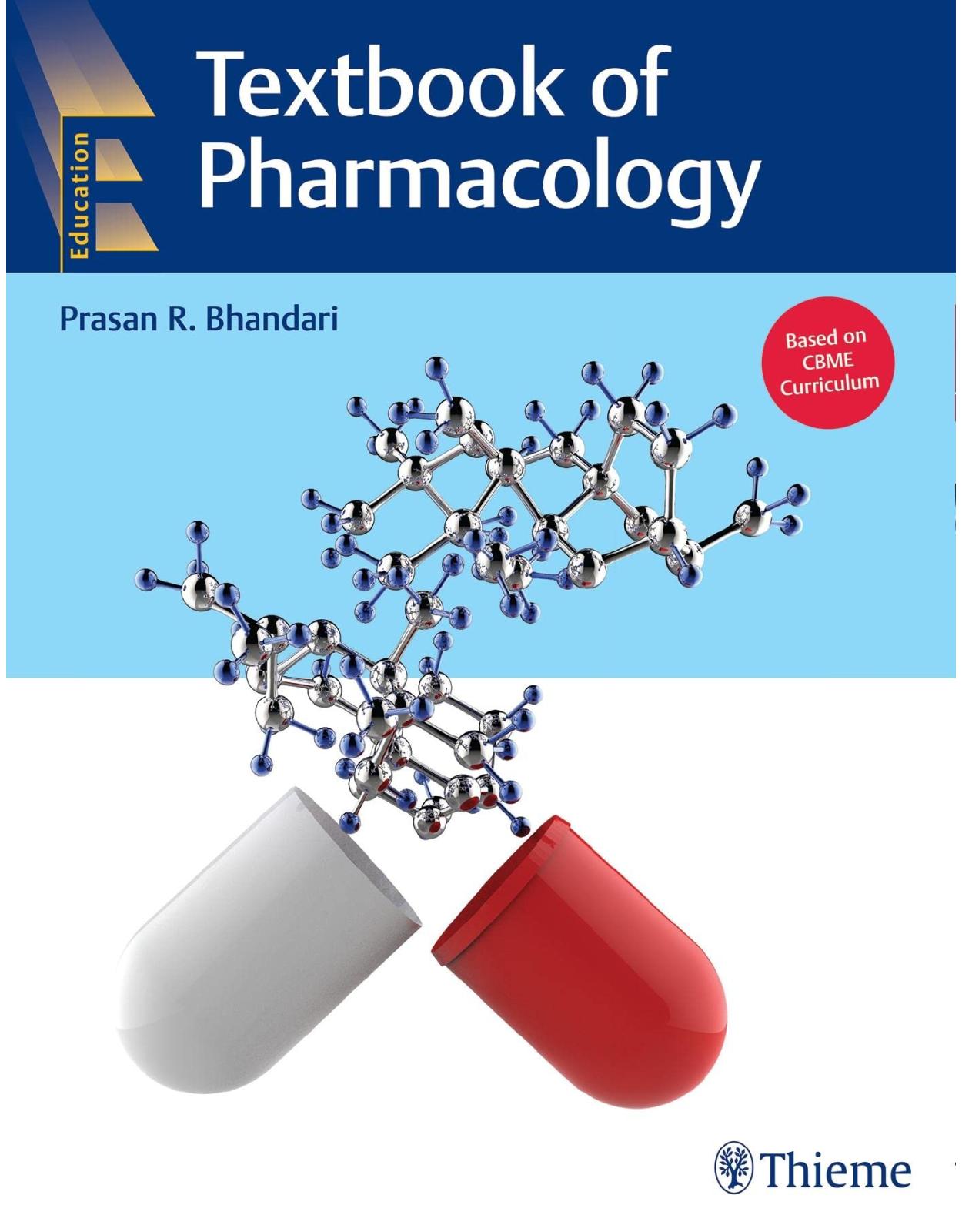
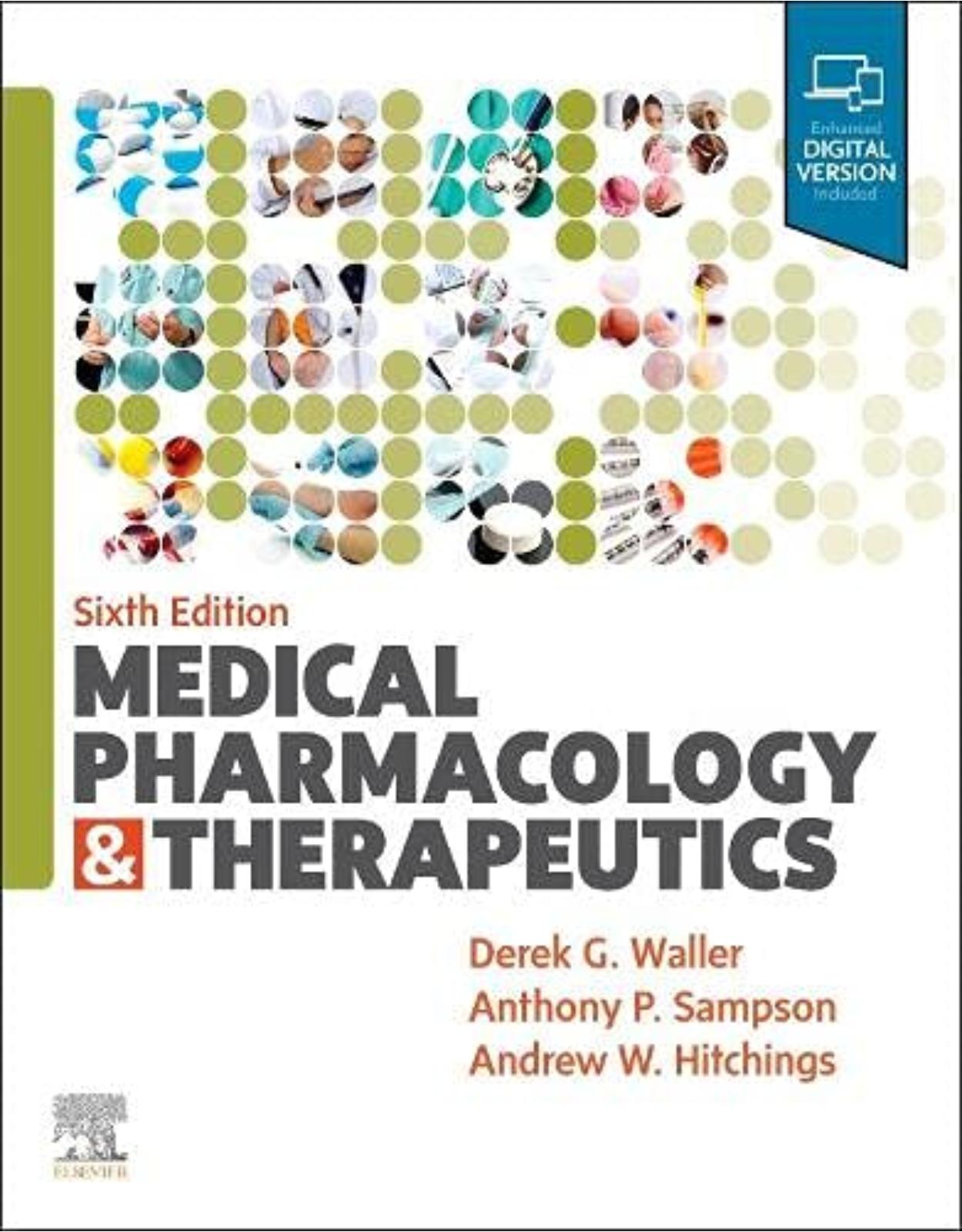
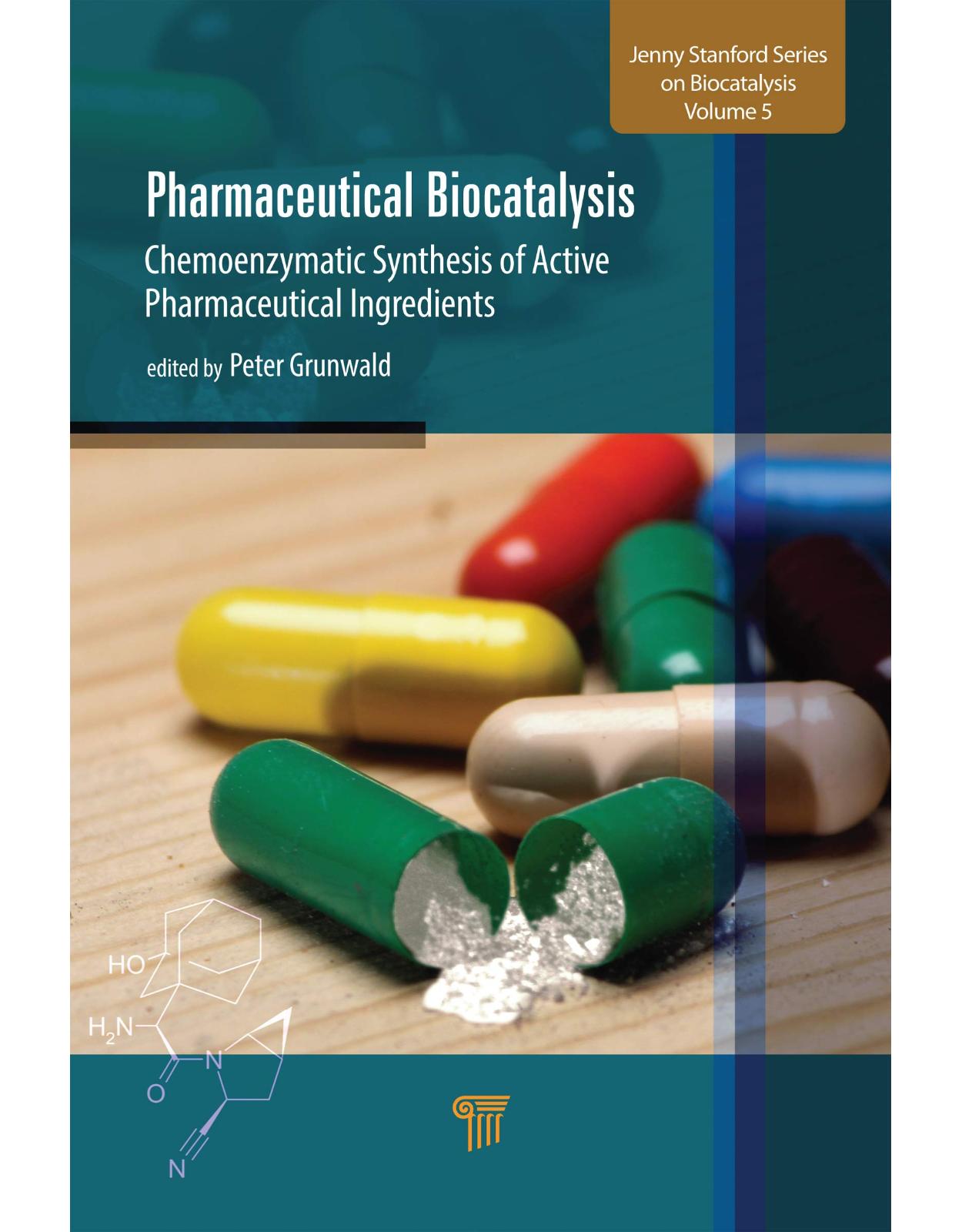
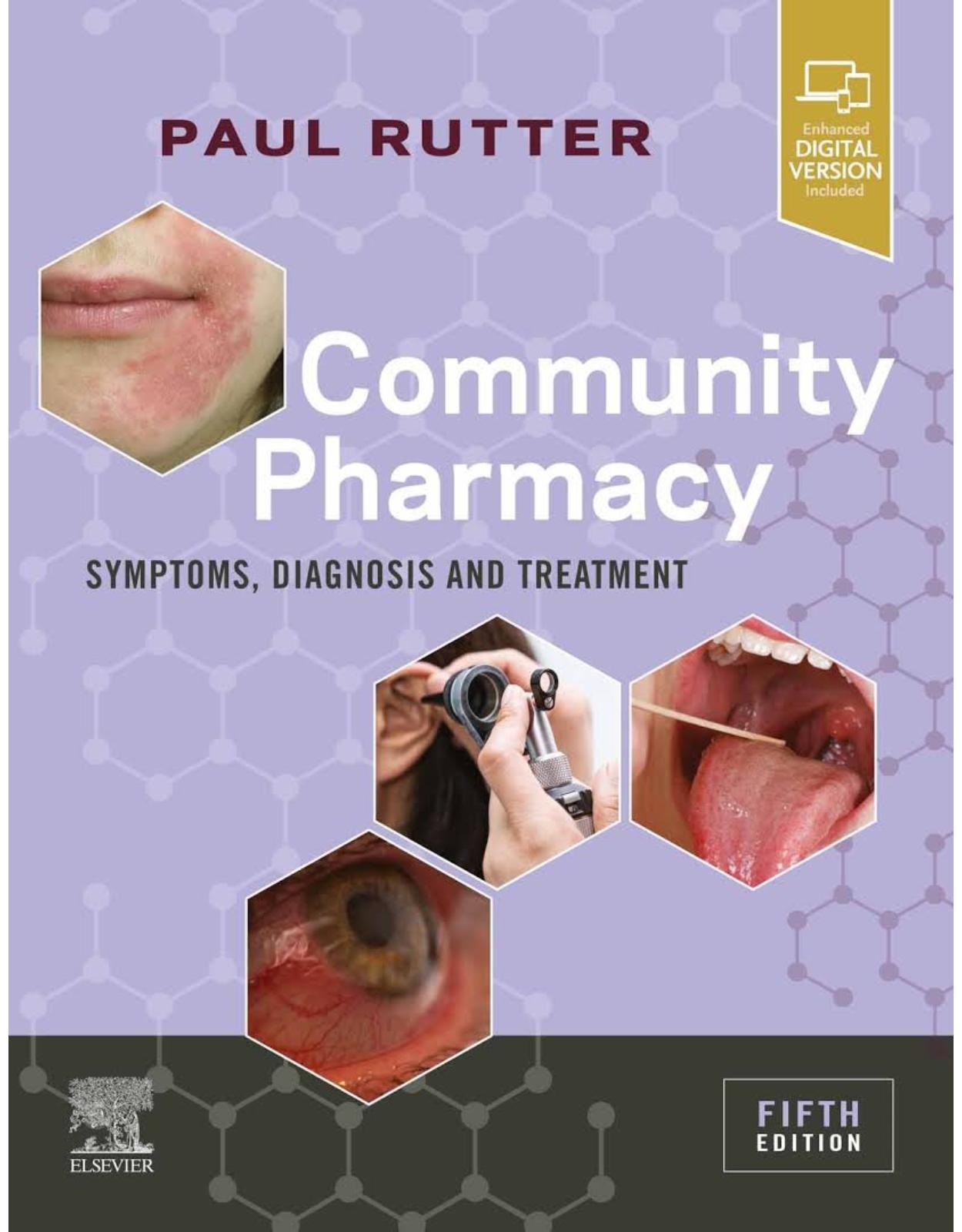
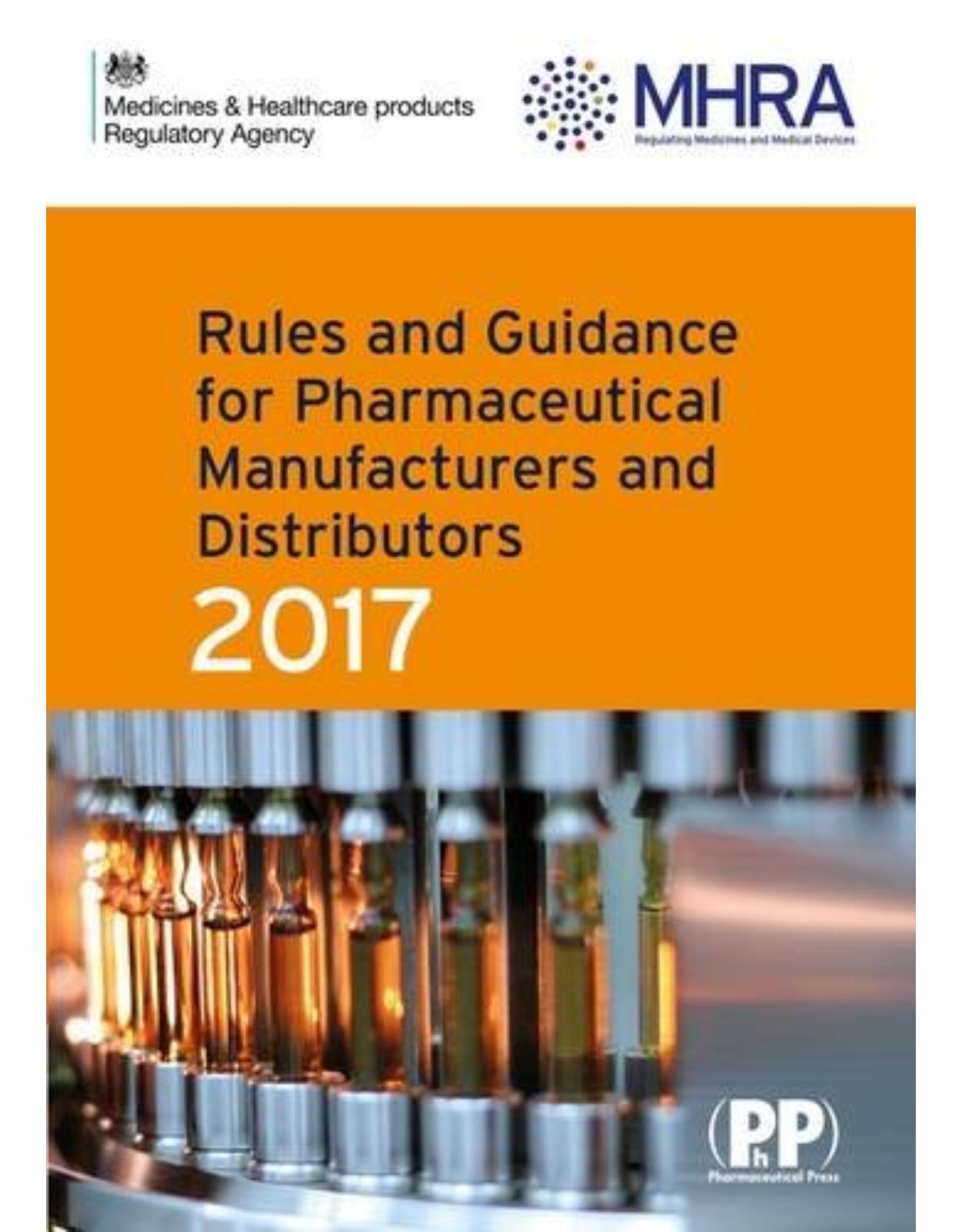
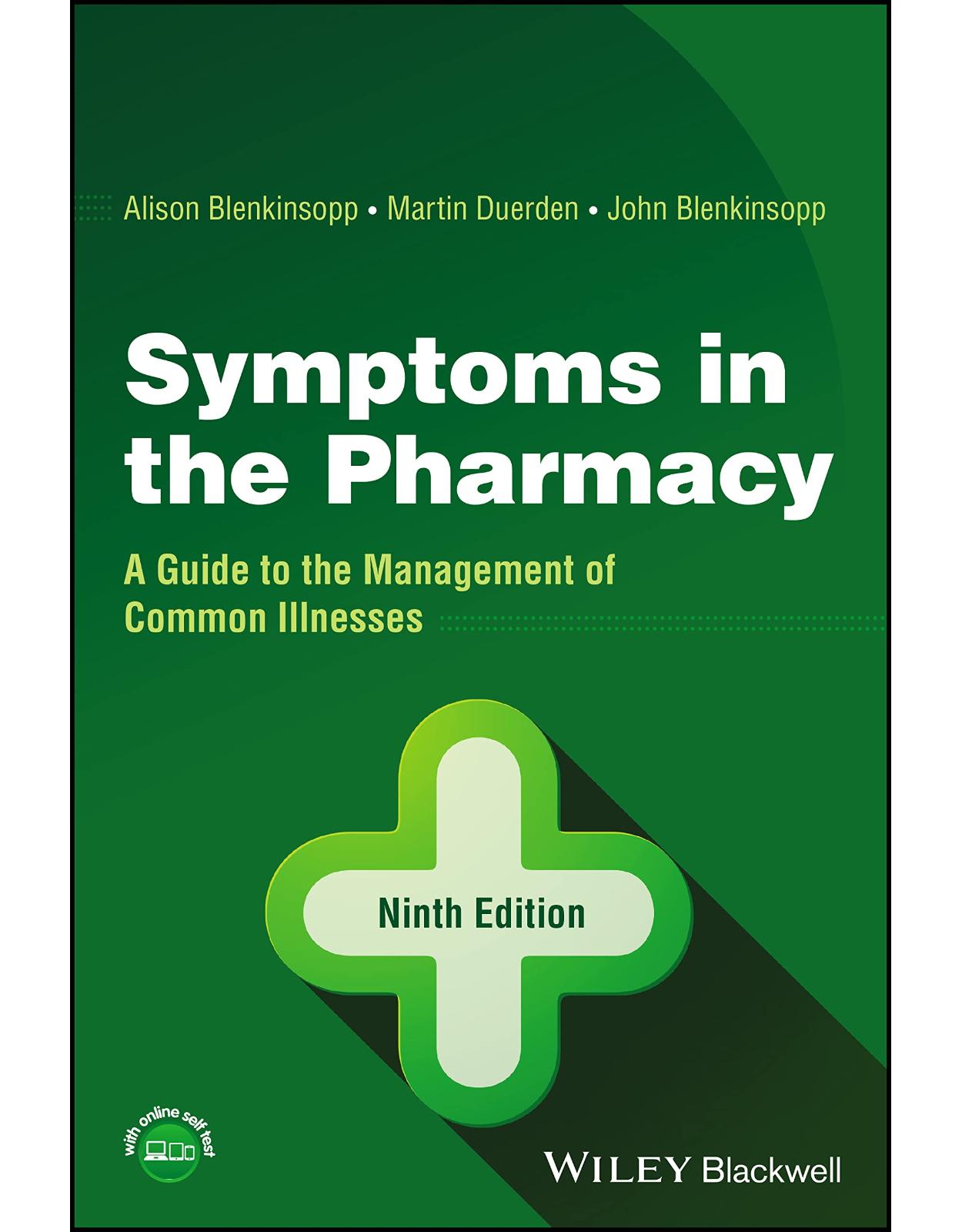
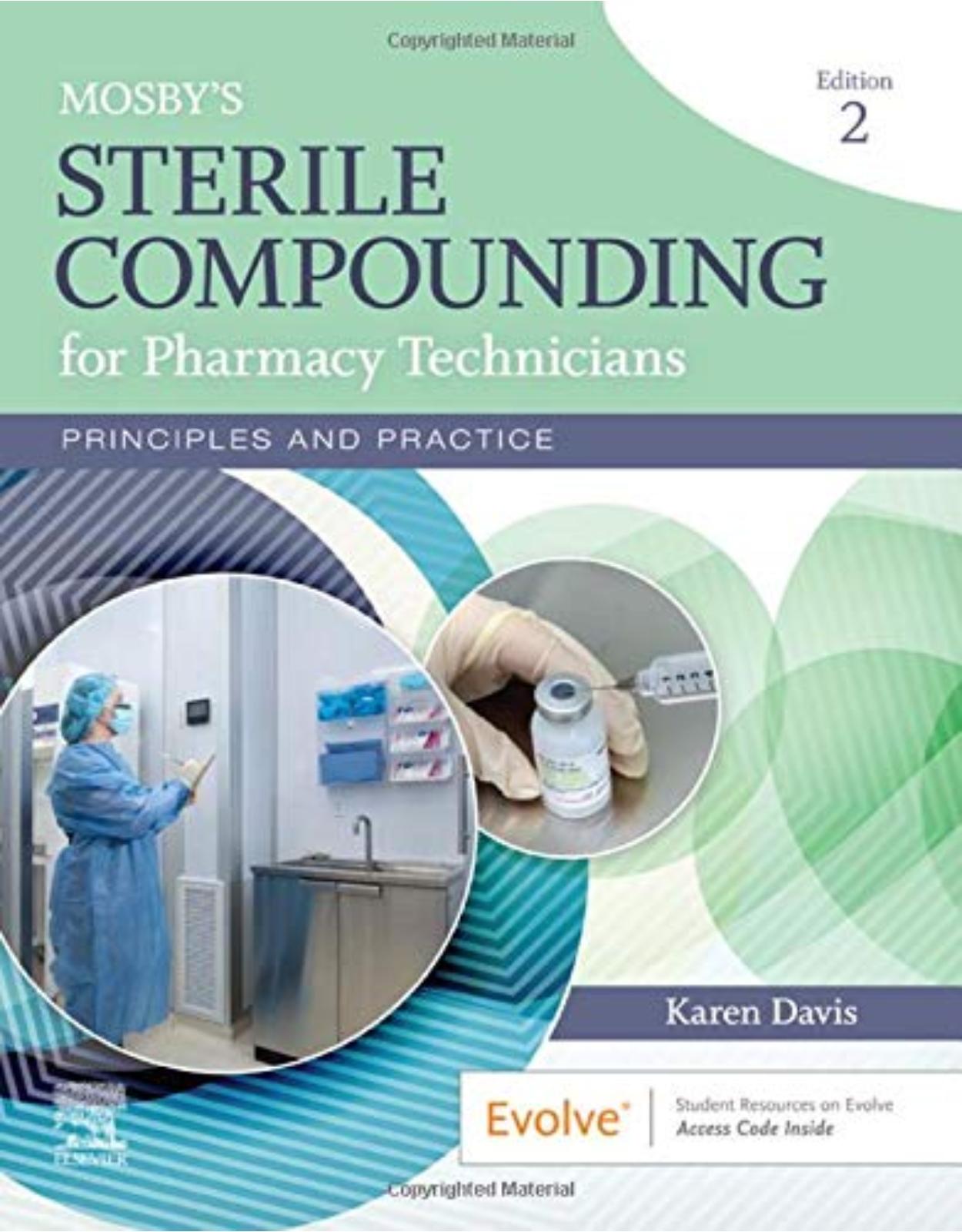
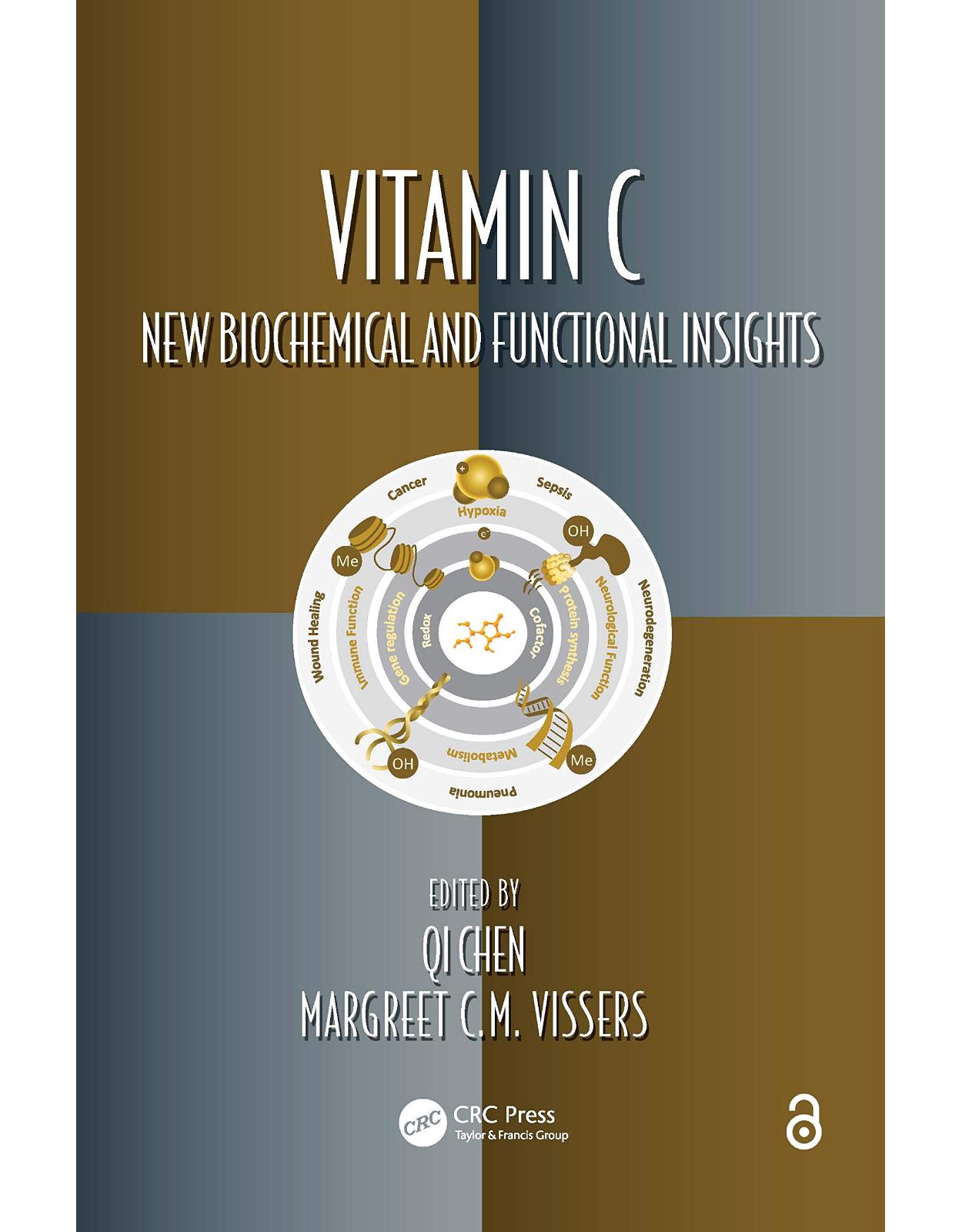
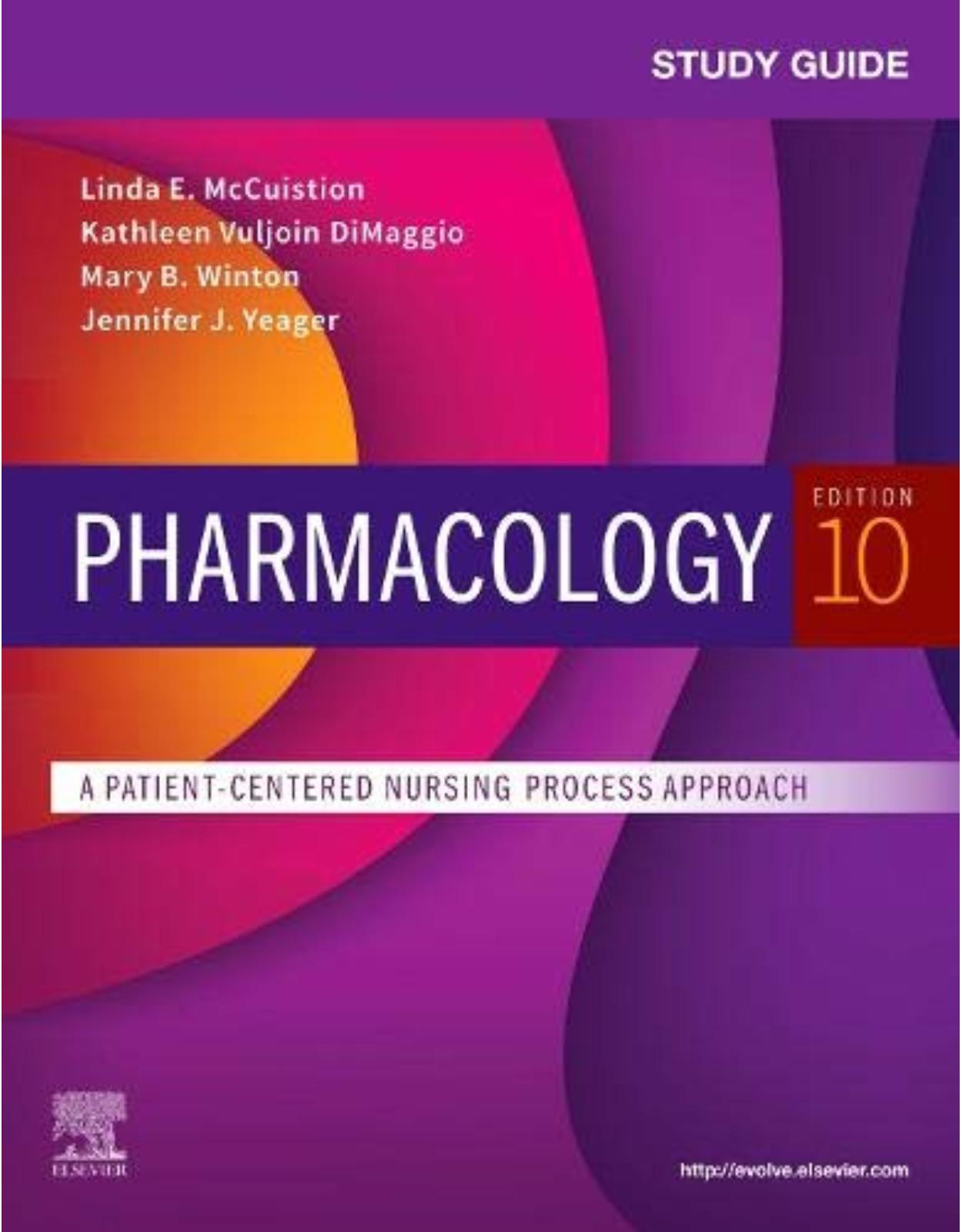
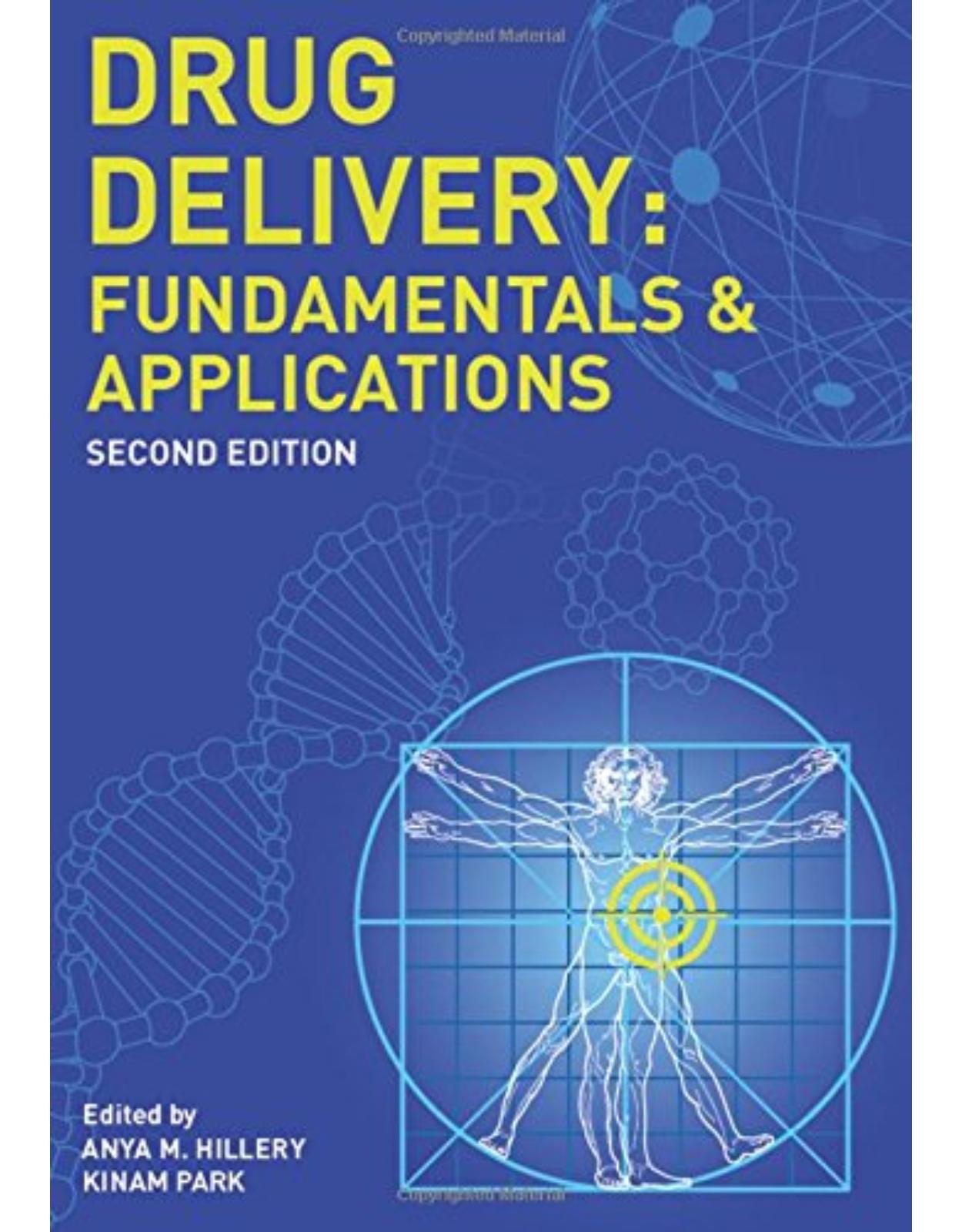
Clientii ebookshop.ro nu au adaugat inca opinii pentru acest produs. Fii primul care adauga o parere, folosind formularul de mai jos.